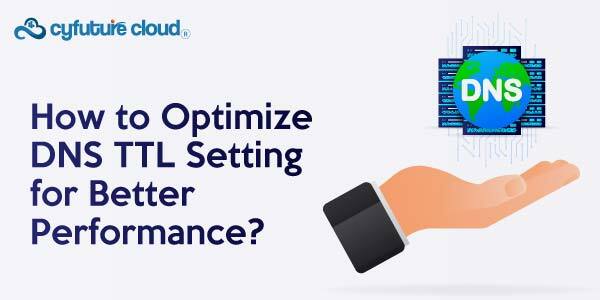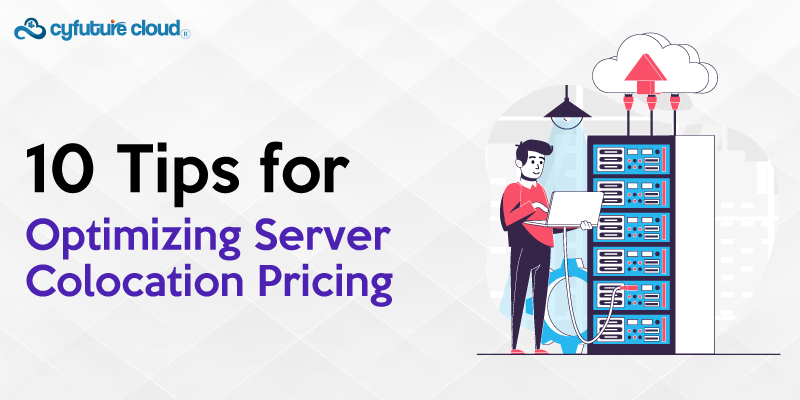Table of Contents
Disasters, whether arising from natural phenomena, technical glitches, or human oversight, are events that catch us completely off guard. Individuals and businesses must grapple with the consequences when they manifest at the worst possible time. Against this unpredictability, it becomes imperative to accept and mitigate the worst-case scenario. When considering potential power outages, internet disruptions, phone service failures, or complete operational shutdowns, developing a robust Disaster Recovery Plan is not only wise but also an essential aspect of preparedness. Businesses can maintain continuity despite dire circumstances by developing a comprehensive strategy to address such scenarios.
An effective Disaster Recovery Plan is essential in a world increasingly dependent on technology. Digital infrastructure and interconnected systems have advanced rapidly, making disruptions more likely. Power grids, data centers, and communication networks can be severely damaged by natural disasters like hurricanes, earthquakes, floods, and fires. There is a possibility that businesses will not be able to operate due to these catastrophes. In addition to technical glitches, hardware malfunctions, and cyberattacks, businesses can also experience disruptions due to technical malfunctions. Businesses can suffer financial losses, reputational damage, or even end up closing permanently as a result of such events.
Recognizing the criticality of being prepared, businesses must devise a Disaster Recovery Plan that encompasses various aspects of their operations. Firstly, it is essential to conduct a comprehensive risk assessment to identify potential vulnerabilities and evaluate the impact of various disaster scenarios. This assessment should consider the geographical location of the business, prevalent natural risks, the age and condition of infrastructure, as well as potential threats from cyber-attacks or data breaches. By understanding the potential risks, businesses can prioritize their efforts and allocate resources accordingly.
Objectives of A Disaster Recovery Plan
A disaster recovery checklist serves as a valuable tool to help businesses anticipate and address the challenges that may arise in the unfortunate event of power outages, internet disruptions, and potential data loss. To ensure the continuity of operations and prevent significant production and financial losses, your data recovery plan should encompass the following key aspects:
Reduce Risk
Assessing the potential risks your company may face is the first step in building a robust recovery strategy. Natural disasters could expose vulnerabilities. Make sure you are protected from threats such as fires, tornadoes, and hurricanes by evaluating the location of your business. Additionally, examine whether your region experiences frequent power interruptions during winter. Identifying these risks will enable you to implement appropriate measures to mitigate their impact and reduce the overall risk to your business.
Help operations quickly resume
To ensure a swift recovery, it is vital to prioritize providing your team and customers with access to your systems as soon as possible. Incorporate solutions into your recovery plan that allow for remote access to your systems without the need for physical presence. Implementing VPNs, cloud-based services, or secure remote access protocols are all examples of this. You can minimize downtime during the recovery process by enabling quick access to critical systems.
Uphold Compliance
When developing your recovery strategy and checklist, make sure to take regulatory and compliance requirements into account. If you fail to comply with the law, your business could suffer severe consequences. Plan your recovery in accordance with the specific rules and regulations you must follow. This may include data protection regulations, industry-specific guidelines, or legal obligations. By incorporating compliance considerations into your recovery plan, you can safeguard your business from potential penalties and maintain your reputation within the industry.
Addressing team issues
You should include team members who will interact with your consumers when creating your plan. The insights and expertise of executives, business owners, and investors can be gained by involving them in the planning process. This inclusion not only helps them feel more at ease in the event of a catastrophe but also ensures they are aware of the action plan in place. Moreover, involving key stakeholders from the beginning allows for smoother communication during a disaster. It prevents you from dealing with inquiries and suggestions from these parties while facing the challenges of the actual crisis.
Disaster recovery Checklist
By following the below given checklist, you can enhance your business’ preparedness, streamline recovery efforts, and mitigate potential losses, allowing them to navigate challenging circumstances more effectively and resume operations efficiently.
Establish your recovery time and recovery point objectives (RTO and RPO)
Establishing your Recovery Time Objective (RTO) and Recovery Point Objective (RPO) is a critical initial step in building your disaster recovery plan. Consider the time required to restore all programs and the age of files that need retrieval to resume normal business operations. Collaborate with relevant departments to assess the specific needs of your organization while setting these objectives. RTO and RPO serve as guiding metrics to determine necessary countermeasures to withstand a disaster or data breach, while also minimizing data recovery costs. They play a crucial role in determining the hardware and software configuration required to restore your workloads effectively.
Examine the physical apparatus
Take inventory of your hardware and identify the components essential for preventing downtime-related expenses. Collaborate with facility or building management to assess physical building components such as power supply, heating, ventilation, and air conditioning. By identifying the necessary equipment to sustain your business operations, you can ensure the availability of critical infrastructure in the event of a disaster.
Describe the response steps
Provide detailed documentation of your recovery strategy and processes to guide your staff’s response in case of a data breach or outage. Alongside instructions for the response strategy, outline protocols for communication management, data backup procedures, and post-disaster tasks such as contacting clients and suppliers. By ensuring everyone on your team understands their roles in the recovery process, documenting every detail, and maintaining transparent communication, you can streamline and expedite the recovery efforts.
Establish a crisis communication strategy
Develop a comprehensive plan for informing your staff, business partners, and clients about the disaster. Regardless of your business size, keeping all stakeholders updated on the data outage or breach situation enables consistent system rebooting and allows you to focus on identifying and resolving the issue instead of addressing concerns from worried parties. A well-defined crisis communication strategy ensures clear and timely information dissemination, maintaining trust and confidence in your ability to handle the situation effectively.
Do You Need Assistance with Your Disaster Recovery Plan?
Disasters and unforeseen failures pose significant risks that can have disastrous consequences for businesses. The financial impact of these outages can be mitigated by proactive preparation and planning. At Cyfuture Cloud, our team of seasoned professionals understands the importance of safeguarding your business from such risks. We will collaborate closely with you to assess your unique requirements, thoroughly identify potential risks, and craft a bespoke disaster recovery strategy tailored to your business.
We can assist you in choosing the right technologies to strengthen your resilience with our expertise. You can rest assured that your data and systems are safeguarded in the event that a disaster strikes with our reliable backup and recovery solutions. By implementing these robust solutions, you can minimize the potential downtime and disruption caused by disasters or unexpected failures.
As part of our disaster recovery services, our dedicated team will identify your specific business objectives and develop a comprehensive disaster recovery plan. Every business is unique, so we create tailored strategies tailored to your specific needs.
You can rest assured that Cyfuture Cloud is well-prepared to deal with any unexpected challenges. Your business continuity and resilience will be ensured by our experienced professionals every step of the way. In the event of disasters or unforeseen failures, you can confidently navigate your business through potential disasters with our reliable solutions and proactive approach.
Send this to a friend

 Server Colocation
Server Colocation CDN Network
CDN Network Linux Cloud Hosting
Linux Cloud Hosting Kubernetes
Kubernetes Pricing Calculator
Pricing Calculator
 Power
Power
 Utilities
Utilities VMware Private Cloud
VMware Private Cloud VMware on AWS
VMware on AWS VMware on Azure
VMware on Azure Service Level Agreement
Service Level Agreement 



















